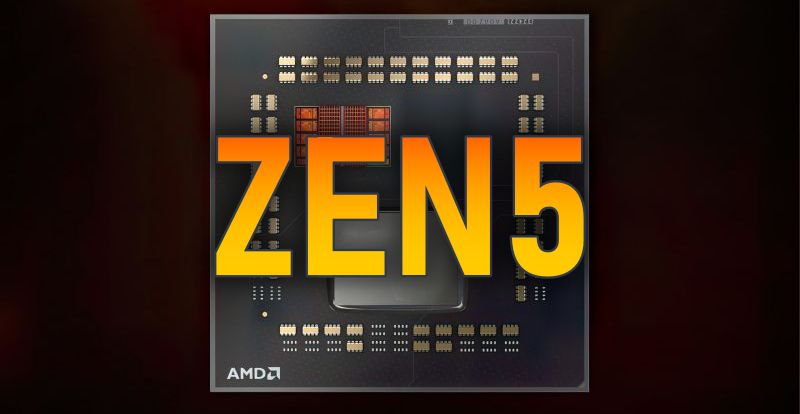AMD wants to get into the numbers battle that Intel opened with its upcoming Zen 5 architecture in EPYC: up to 192 cores.
Little joke with AMD looking to offer a larger than ever 3D V-Cache, new CCD complexes with different cores and an architecture that is the prelude to what we can expect in Zen 5. New information is coming in that we will see up to 192 cores and a 1.5 GB L3 cache. Servers could fly with these specifications.
AMD seeks EPYC with Zen 5 different cores: Dense and Classic cores
Weibo, a social network in China, is seeing a lot of leaks lately, in addition to what we usually see with Moore’s Law. A Chinese who has revealed new Turin design, which is the name of the EPYC Zen 5 family.
They are talking about 2 families: Turin and Turin-X, both with Zen 5 and a 4 nm process.
- Turin:
- 4 nm.
- Chiplet design with up to 128 cores and 256 threads along with 500 W TDP.
- Up to 16 CCDs within the die.
- Socket SP5.
- Same L2 and L3 cache as Zen 4, with slight upgrade in L1.
- Turin-X:
- They come with3D V-Cache.
- 64 MB per CCD.
- Total of 1 GB in the 16 CCDs with 512 MB L3 standard, giving a total of 1.5 GB L3 cache.
- Adding L2, the figure rises to 1664 MB: 33% more than Genoa.
Traditional cores are referred to as “Classic”, while . In effect, this is very similar to what Intel does and reminiscent of Arm SoC architectures. Moore’s Law Is Dead assures that AMD turned to this design to compete against Intel’s Sierra Forest 144, a family that would land in 2024.
At the moment, the Zen 5C cores will only be in AMD EPYC Turin-Dense, while the Turin-X and Turin (explained above) will come with the normal cores. The Dense cores would be “high density” cores, understanding that they mean they are more powerful.
They report that fewer Dense cores are needed to achieve more total cores: with only 12 CCDs, 192 cores are achieved; whereas with Turin-X, 16 CCDs are needed for 128 cores.
There are many unknowns to solve, and the ball is in AMD’s court, but what is clear is that they have in their hands the same architecture for 3 different EPYC ranges: Turin-Classic, Turin-Dense and Turin-X.
